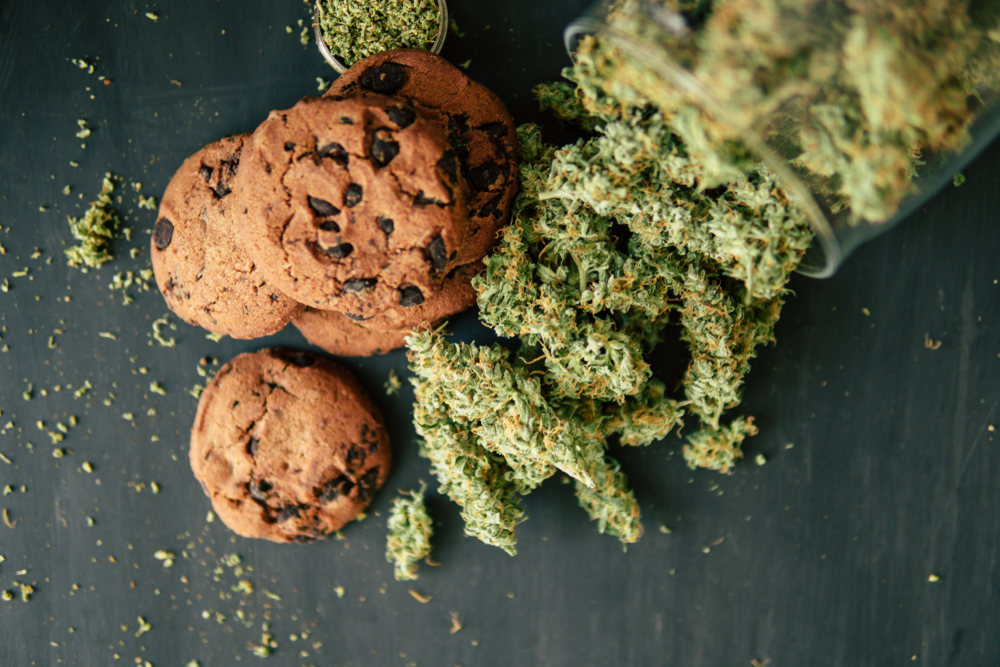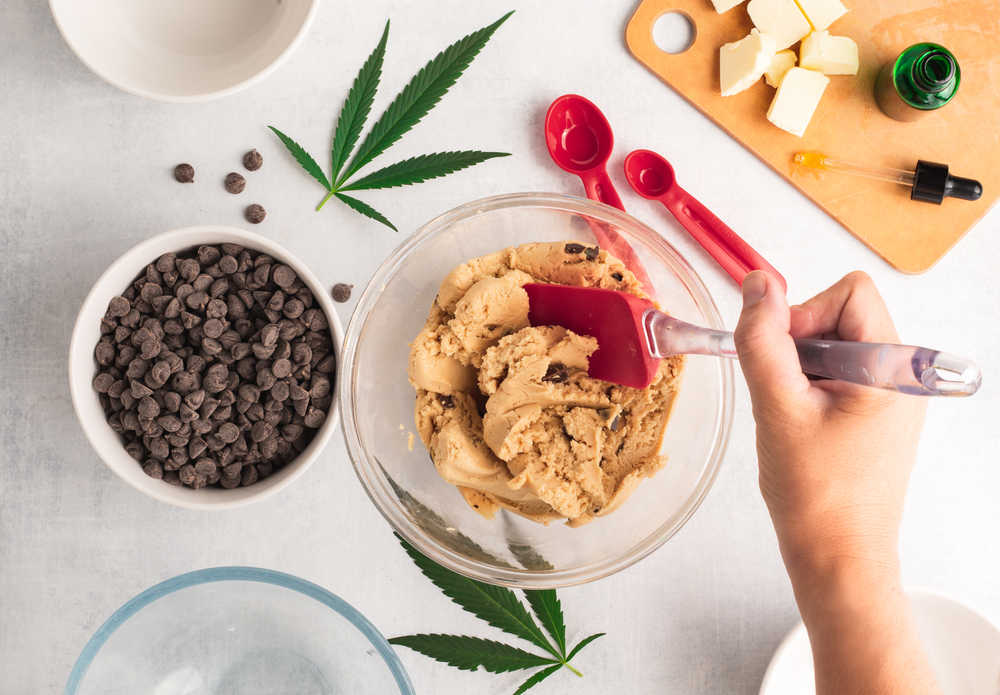Marijuana-Edibles
Cooking With Cannabis – Winning Weed Recipes
If you want to learn about cooking with cannabis, the good news is that it’s much easier than it looks or sounds. Since cannabis-infused treats are becoming increasingly popular, recipes and techniques are abundant, with many options to help reduce the texture and flavour of dry weed.
Cooking with cannabis recipes are becoming more and more widespread among foodies and marijuana enthusiasts alike.
Today, it’s relatively simple to learn how to infuse any recipe you want with weed, and this article will cover just that, how to go about cooking with cannabis. You’ll learn how to create different infusions and recipes that will take your weed-infused culinary cooking skills to the next level, so let’s get started!
What are Cannabis-Infused Foods?

Cannabis-infused food is any edible product that has been made with a concentrated cannabis infusion or dried plant material. They can be made using different methods and ingredients, including weed oil or cannabutter, which gets infused into a range of recipes, such as weed gummies, cookies, roasted veggies, and pasta, to name a few.
Some recipes can almost entirely mask the weed flavour, while others almost highlight the natural terpene profile, enhancing the overall taste.
There are multiple benefits to eating your weed rather than smoking it, including not inhaling potentially harmful carcinogens, more discreteness, and longer-lasting effects. With this in mind, it’s important to remember that an edible high lasts much longer than it would if you were smoking, but the high itself will also be a completely different experience.
The high after smoking a joint lasts an average of an hour or two, whereas an edible high can hang around for a good eight hours because by the time it hits your stomach and liver, it’s converted into 11-hydroxy-THC, which is a much more potent compound.
How To Cook With Cannabis
As a segue from the last section, it’s critical to note that one significant downside to making your own edibles is that you won’t know the exact dosage since they won’t be lab-tested. However, if you stick to the start low and go slow mantra, you should be fine.
All you need are some basic cooking skills, and you’ll be amazed by how easy it is and how many different cannabis edible recipes you can make from the comfort of your own home. Weed is a culinary-friendly herb that is teeming with flavour, and the 100+ types of terpenes give each strain its own set of unique attributes.
The good news is when you tap into this broad spectrum of different aromas and flavours, it’s easy to see why it’s seeping into the mainstream with chefs across the world starting to cook with cannabis.
This trend has spilled over to the at-home cooking enthusiast or a foodie looking to enhance or experiment in the kitchen by planning an infused dinner, summer barbeque, family event, or holiday party with a twist.
If you’re new to cooking with cannabis, then working with herbs and making an infusion may seem intimidating at first, but trust us when we say it’s much easier than most people think. If you’re still unsure, don’t worry. We’ve taken the time to outline some simple steps you can follow that will help you get started on your cannabis cooking journey.
Let’s dig in!
Making Your Own Infusion
Choose a Recipe

While this may seem like a pretty self-explanatory step, you want to be sure you’re picking recipes where weed can be easily infused.
We recommend going with a recipe that uses butter, olive oil, or coconut oil because THC and other cannabinoids are fat-soluble, which is necessary for them to become active.
Pick Your Strain
Once you have settled on a recipe, you’ll know what flavours you’ll be working with and what particular strain will pair well with it.
The most common terpenes found in weed include myrcene (tropical notes), limonene (citrus), nerolidol (ginger, jasmine) caryophyllene (clove), linalool (lavender), and pinene (pine nuts).
If you stick to recipes that contain these herbs or foods in them, it will naturally pair better with the weed strains that have a similar chemical makeup.
Make the Infusion
Now it’s time for the fun part, making your infusion! That said, you need to make sure your weed goes through the decarboxylation process, which is a chemical reaction caused by heating dry cannabis to 121+ °C (250+ degrees °F) for about 30-60 minutes.
This process releases carboxylic acids out of the THC and activates it so it can be easily added to your favourite recipes. The key here is to keep temperatures low enough to prevent burning but high enough to decarboxylate it.
Once you have this step completed, you’ll want to infuse your butter or oil. To make sure you set aside enough time, and be aware that it takes 4-6 hours for the oil to infuse and roughly 24 hours for weed butter to infuse, cool, and harden. So, be sure to plan ahead.
If you have never made either of these products before, don’t sweat it. We’ve got you covered.
Check out our easy-to-follow, step-by-step guides for how to make cannaoil and how to make cannabutter.
Determine the Meal Time
Like we mentioned in step 3, planning ahead of time is imperative for cooking with cannabis successfully. After you have your infusion ready to go, you want to figure out what time you’ll be serving your dish because you want to be sure to allow enough time to cook, eat, digest, and feel the effects of your weed.
This foresight is particularly important if you’re serving multiple courses. It can take up to t



